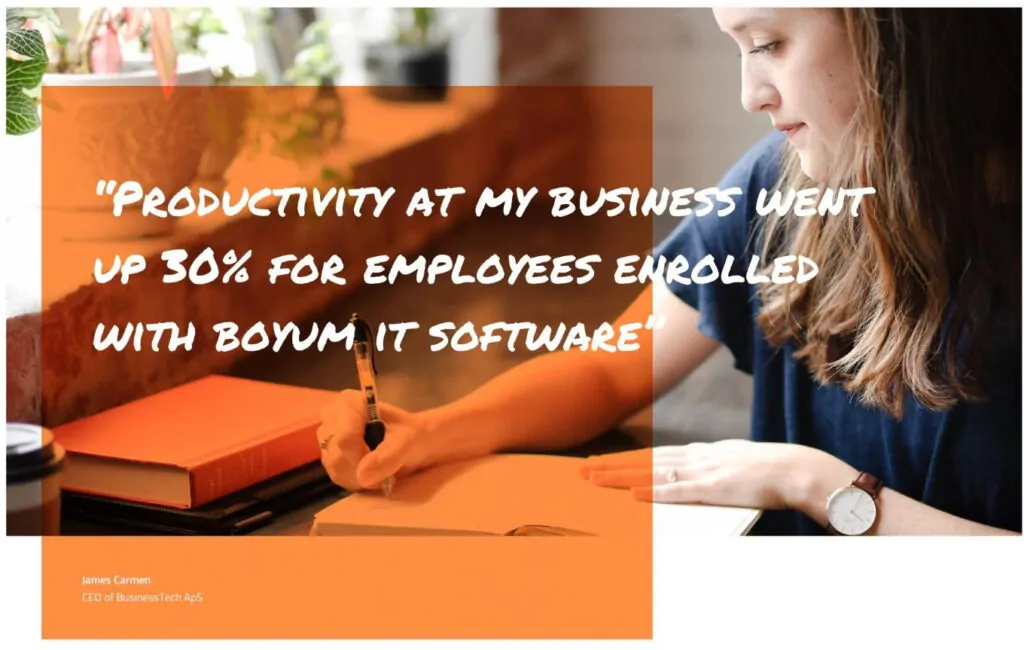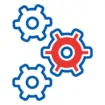Do you remember that show, “Fear Factor’, where contestants would jump out of a helicopter onto a moving truck that was on fire all while eating a bowl of scorpions? When it comes to ERP implementations, it seems as though a lot organizations would rather opt for the scorpions then take on a major software project.
Fear rarely drives a person to make sound business decisions, yet too many times that is the exact driving force behind so many software decisions. It doesn’t matter if it’s a first time ERP implementation, an ERP upgrade or even a simple update. Fear can lead an organization to sticking with outdated software that is ill suited for today’s technology driven business world.
Fear the ROI with ERP Implementations – Or Lack Thereof
Its not hard to find doom and gloom stories about organizations that go way over budget and well past deadlines only the shelf their ERP system out of frustration. Those stories absolutely exist and there is no point in trying to pretend that things can go south very quickly if an organization doesn’t have a very clear roadmap heading into any major software project.
Do a business process assessment before you even begin the software selection process in order to identify your exact needs. Then make sure to pick software that most closely matches those needs. Customization will likely be necessary. Excessive customization is what derails a lot of ERP projects. Set timelines that account for unexpected bumps and detours and focus on the most important functionality first. And make sure that you budget for training. A 1.5:1 ratio of training to software cost is a good rule of thumb.
Fear of Change with your ERP Software
When push comes to shove, very few people like change. People get comfortable with the way things work. Transitioning from spreadsheets and paper processes to automated software requires a learning curve that can potentially frustrate users and lead them back to old habits. Upgrading to a new system means new processes to learn. Updating within to the newest version of the software you already run might mean new screen configurations or menu picks. In all cases, change management is the only way you can prevent users from reverting back to old processes.
Change management isn’t simply announcing a change either. An inclusive software selection process helps the entire organization with ownership over a project. Brining in end users, management and executive level employees also helps to paint a clearer picture of what your needs are. Ultimately, if end users feel like they were part of the decision making process, they are far more likely to embrace change, and your implementation has a higher probability of achieving ROI.
There are some ERP projects that are absolute disasters. But using another organization’s mistakes as an excuse to do nothing is a recipe for stagnation. If you are looking to implement your first ERP system or wanting to upgrade an outdated legacy system The Attivo Group can help. Call us today at 877-428-8486 or contact us here.





















